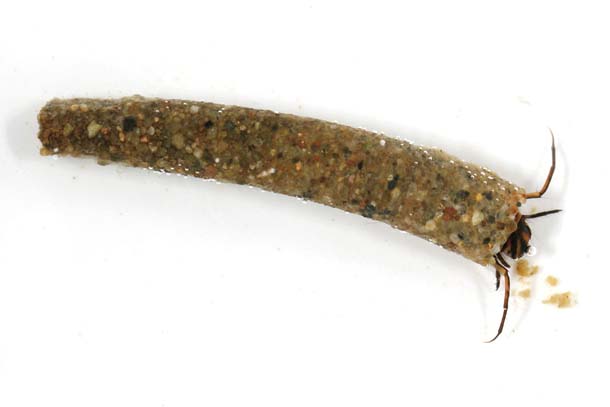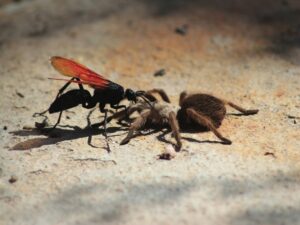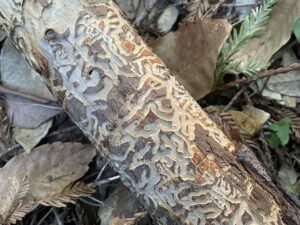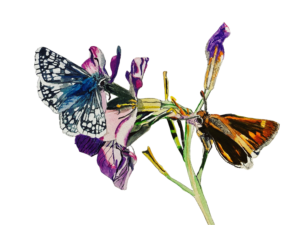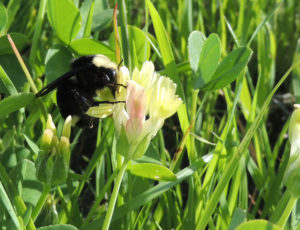“Home”–the word evokes many images: memories of your childhood abode or the smell of a home-cooked meal. Maybe you’ve lived there a lifetime, or perhaps home is wherever you temporarily hang your backpack. Animals, too, have different ideas of home–nursery, fortress, or merely a place to rest.
Nest Suspenders
In the spring, flurries of feathered activity and bursts of song announce the nesting season of birds. Among Bay Area nest-building notables are Bullock’s orioles. Orioles are brilliantly colored–they look like winged California poppies–but they might be nesting right nearby and we’d never know it. That’s because their nests are highly camouflaged and can be best described as resembling dirty gym socks. Using natural fibers, hairs, and string, oriole parents weave a long, strong, pendulous bag lined with soft moss, fluff, or wool in which to rear their brood. The nests sway with the breeze because they’re hanging from branches too slender to bear the weight of potential predators. You’re most likely to see these nests in winter long after they’ve been vacated, once deciduous trees have dropped their leaves. Just keep an eye out as you walk along a stream or forest’s edge.
Sticks and Stones
- Caddisfly larvae make little mobile homes for themselves out of pebbles or bits of plant bark and twigs on the floors of the creeks where they live. Photo by Joyce Gross, joycegross.com.
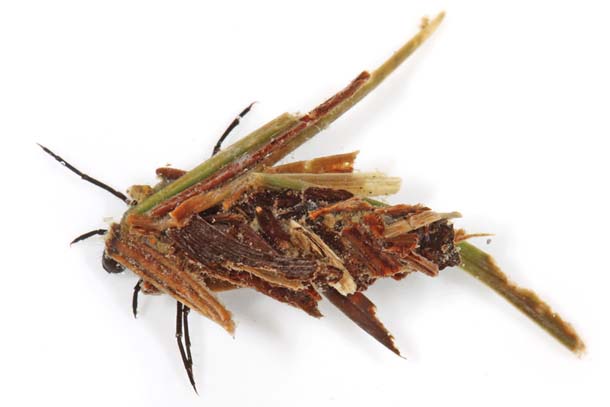
- Look for these mini mobile homes in clear water–they look like little living rocks or sticks. Photo by Joyce Gross, joycegross.com.
Caddisfly larvae lack the luxury of a nursery furnished by their parents. Instead, these infant insects are the aquatic “three little pigs” of streams, building their own protective fortresses out of leaves, sticks, or stones. Each type, or genus, of case-making caddisfly builds a different structure from an instinctive blueprint. Glued together with silk, the heavy tubular home prevents the insects from being washed away by strong currents and offers a sturdy, camouflaged refuge from predators. The larva holds on to the silken lining with special limbs, leaving the rest of the body free to harvest food or drag the home to another location. If you see a “stick” or bundle of pebbles slowly moving across the bottom of a stream, that isn’t your eyes playing tricks on you — the caddisfly is taking its mobile home on the road.
For Rent . . .
Wouldn’t it be great to find a home that was pre-built and fully furnished, with all the food you could eat and even built-in transportation? Many creatures, known as parasites, do just that. In wintry ponds, puddles, and sluggish streams, horsehair worms wriggle, searching for mates. The females lay strings of eggs. When they hatch, the larvae swim to plants near the water’s edge, latch on, and form a protective shell called a cyst. As the water recedes, beetles, crickets, or grasshoppers might eat the plant, along with the dried cyst. A young horsehair worm just found its home.
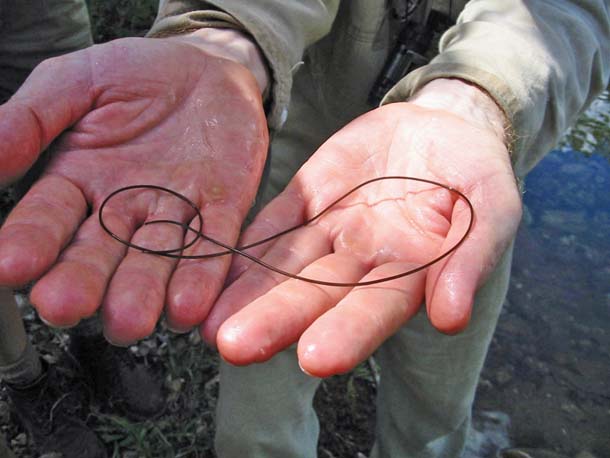
- No, it’s not a piece of yarn or string: It’s a horsehair worm that makes itself at home inside grasshoppers and other bugs, coiled up like a spring! Photo by Ian Sutton.
Once inside the insect, the larva burrows into the tissues of its unwitting host, where it grows in comfort, protected and surrounded by food. As the worm slowly digests and absorbs its host from the inside, it grows up to 27 inches long, but remains tightly coiled like a spring. When the horsehair worm is ready, it somehow causes its host to visit a body of water, where the worm emerges to begin the cycle once again. What happens to the vacant rental unit? Unfortunately, it doesn’t survive the ravages of its tenant.
Look around you. Homes can be burrows, dens, caves, webs, leaves, rocks, trees, hives, galls — almost anything! Some may not look like much to us, but be it ever so humble, there’s no place like “home.”
Get Out!
Help nesting orioles by filling a strawberry basket with nesting material–natural yarn, string, raffia, hair (pet, horse, human), and moss–and then hanging it from a branch in their tree. Or just drape fibers from branches. You can also leave the winter stalks of milkweed in your garden and break some stems to expose fibers inside, which the birds will harvest for nest-weaving. Orioles are attracted to hummingbird feeders or cut fruit (oranges, grapes, or even grape jelly are favorites).
Watch for caddisfly larvae moving along the bottoms of clear ponds or streams. And try to spot horsehair worms the next time you find large puddles in trails after a good rain. Puddles that last for a week or more are best for successful worm-watching. Just look for a long horsehair slowly swaying in the water. Some are straw-colored and some are darker. During mating, the worms can be coiled around each other, sometimes many of them in a large knot (their other common name is Gordian worm).

.jpg)
